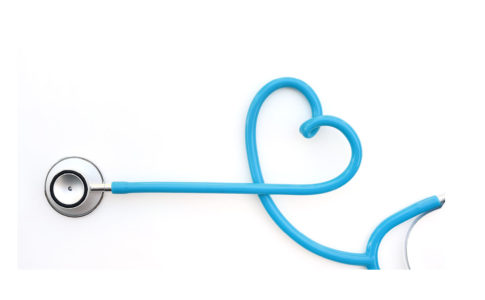By the time you read this column, the holiday season will have passed, but it is in full swing as I write. For my trumpet students, this time of year invokes a test from which few emerge unscathed: playing well-known Christmas carols by ear.
Even if Christmas is not a part of your life, one can hardly escape the tunes; they are played ’round the clock for the month of December.
Despite the fact that they are burned into your memory, when I ask a student to play one of these old chestnuts (especially “Chestnuts”) by ear, it generally results in a tumble of wrong notes.
Test Yourself
Start on a concert G and try to play the first line of “Rudolph the Red-Nosed Reindeer.” Try to determine what key you are in; it’s not the key of G! If you go to the end of the tune, you’ll discover that the last note is C, which is the key. Most tunes end on the root.
Remember the Words
Now, what’s the melody on the bridge? Students often draw a blank until I remind them of the words: “Then one foggy Christmas Eve, Santa came to say.” Knowing the words to a tune helps you remember the melody.
One of my favorite tricks is to ask them to play the ‘A’ section of “Rudolph,” followed by the bridge to “Frosty the Snowman.” They are very similar; it’s easy to mistakenly switch tunes by the end of the bridge. Again, the words help you remember the melody: “There must have been some magic in that old silk hat they found.”
Watch for Traps
While Christmas melodies are generally pretty simple, some contain melodic traps for the unwary. Watch out for the second phrase of the aforementioned “The Christmas Song” and the bridge to “Winter Wonderland”!
Playing a song by ear cuts to the very essence of being a musician. The holidays offer a perfect excuse to brush up on these skills—there is a practical application on holiday gigs—but it is a skill that should be addressed on a daily basis.
About the Author
Chase Sanborn is a jazz trumpet player based in Toronto. He is on the faculty at the University of Toronto and is the author of “Brass Tactics,” “Jazz Tactics,” “Tuning Tactics” and “Music Business Tactics.” Chase is a Yamaha Artist. Visit his website at www.chasesanborn.com. Questions about all things brass-related can be sent to info@chasesanborn.com.


